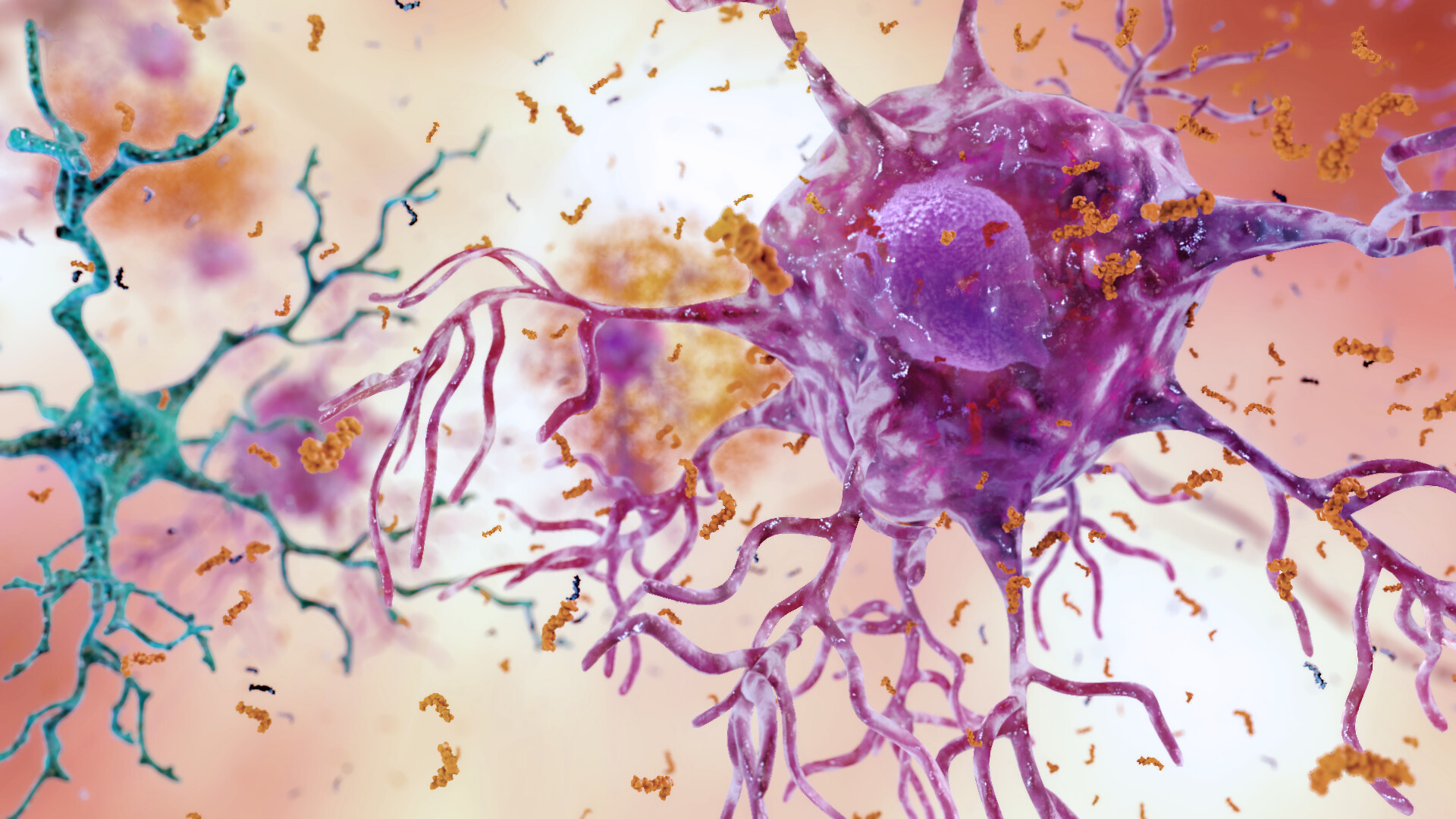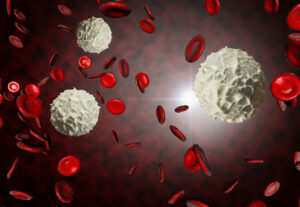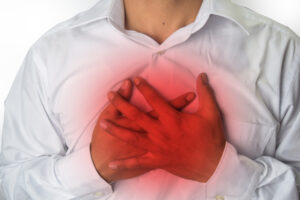Inflammation | One of the body’s Defense Mechanisms

In this Article
The Inflammation Process | Signs and Symptoms | General treatment | Anti-inflammatory Diet
What is inflammation?
Inflammation is one of the body’s defense mechanism to protect itself from the invasion of foreign bodies such as irritants, toxins, and bacteria. This defense mechanism naturally occurs when the body suffers damage or is under attack. Sometimes, however, inflammation occurs for no apparent reason. This can lead to chronic, immune-mediated inflammation, which produces a series of symptoms—and is a significant cause of chronic diseases.
The Inflammation Process
Once there is an irritation or the invasion of a foreign body, the body’s immune system responds by releasing inflammatory mediators namely:
- Bradykinin
- Histamine
These tissue hormones increase blood flow to the injured area thus causing the blood vessels to expand. White blood cells and plasma protein pass from the blood to the area to isolate the damaged area. The blood vessels become permeable allowing for the escape of plasma and immune cells.
Signs and Symptoms of Inflammation
- Swelling
- Redness
- Pain
- Increase in the temperature
- A loss of function in the affected area
Diseases that can result from sustained inflammatory processes
- ArthritisInflammation of one or more joints is diagnosed as arthritis. The main symptoms are joint pains and stiffness. Common types of arthritis are:
- Osteoarthritis
Joint pain and stiffness tend to worsen with age. - Rheumatoid arthritis
This type of arthritis is an autoimmune disorder. The lining of the joints are the first to be targeted.
- Osteoarthritis

- Other Autoimmune Diseases
The body can mistake its own cells and by extension the tissue as foreign bodies and attacks them. This attack can be localized or involve several parts of the body.
- Other Autoimmune Diseases
The body can mistake its own cells and by extension the tissue as foreign bodies and attacks them. This attack can be localized or involve several parts of the body. - Neurological Diseases
There are more than 400 diseases of the nervous system that can involve the brain, spine and nerves. Stroke and Parkinson’s disease are two neurological diseases which are frequently seen in older patients. - Diabetes
High blood sugar over a prolonged period of time leads to diabetes. Diabetes is now being described as a group of metabolic diseases. - Cancer
This is a class of diseases which have in common, the uncontrolled growth of abnormal cells. The type of cancer is defined by the type of cell that is initially affected. - Alzheimer’s Disease
This disease is not very well understood. There seems to be a genetic predisposition and predictor whether a person will get the disease. Alzheimer’s disease damages and kills brain cells and on postmortem plaques are found between dying cells. The plaques are a build-up of amyloid protein. - Cardiovascular Disease
Another name for cardiovascular disease is heart and blood vessel disease. A build-up of plague in the walls of arteries is called arthrosclerosis. The flow of blood through the arteries is reduced and this compromises blood flow to the heart and can result in a heart attack. - Pulmonary Disease
There are a wide range of pulmonary diseases which include diseases that affect the airways, alveoli (air sac), interstitium, chest wall, pleura and blood vessels.
Acute Inflammation
An inflammatory response which occurs within minutes of the injury is referred to as an acute inflammation. This is what happens in the case of sports injuries.
Chronic Inflammation
The prolonged inflammatory state can result in a case of protracted or low-grade infections. An autoimmune attack is another situation which can lead to a chronic inflammation when normal healthy tissue is impacted by the inflammatory process.
General treatment for Inflammation
Conservative measures
This includes the use of first aid to prevent or reduce swelling.
- For a musculo-skeletal injury, this includes applying a cold compress to the area and resting the limb. The rule of thumb is to “ice and rest”.
- Elevating the injured limb can help to reduce inflammation
Medical treatment
There are many causes of inflammation and the medical treatment used depends on the specific cause:
- Anti-inflammatory medication helps to reduce of joints and muscles
- Analgesics reduces pain
- Antibiotics resolves bacterial infection
Surgical intervention
There are cases where the surgical removal of the inflamed damaged tissue is the solution to resolve the symptoms and promote healing.
The Anti-inflammatory Diet
There are Health and wellness practitioners who advocate for an anti-inflammatory diet to prevent the inflammation and build-up of plaque in the vessels and organs. Foods high in sugar and saturated fat can trigger inflammation. The mechanism by which this happens is the over-activity in the immune system which can result in joint pain, fatigue and damage to blood vessels.
Foods that may improve inflammation are:
- Fatty fish rich in omega-3 fatty acids (salmon, mackerel, tuna and sardines)
- Olive oil
- Whole grain high in fibre
- Dark leafy greens
- Nuts (almond and walnut)
- Soy
- Low-fat dairy (skim milk and yogurt)
- Peppers (Bell pepper, chili and cayenne)
- Tomatoes
- Beets
- Ginger and turmeric
- Garlic and onions
General tips to reducing inflammation requires
- Avoiding the overuse and abuse of limbs and joints
- Eating healthy
- Daily exercise
- No tobacco use
- Moderate use of alcohol
- Stress management
- Screening for cancer, heart disease
- Prompt treatment when symptoms appear
Content disclaimer
Content on this website is provided for information purposes only. Information about a therapy, service, product or treatment does not in any way endorse or support such therapy, service, product or treatment and is not intended to replace advice from your doctor or other registered health professional. The information and materials contained on this website are not intended to constitute a comprehensive guide concerning all aspects of the therapy, product or treatment described on the website. All users are urged to always seek advice from a registered health care professional for diagnosis and answers to their medical questions and to ascertain whether the particular therapy, service, product or treatment described on the website is suitable in their circumstances. Medimission.com shall not bear any liability for reliance by any user on the materials contained on this website.






